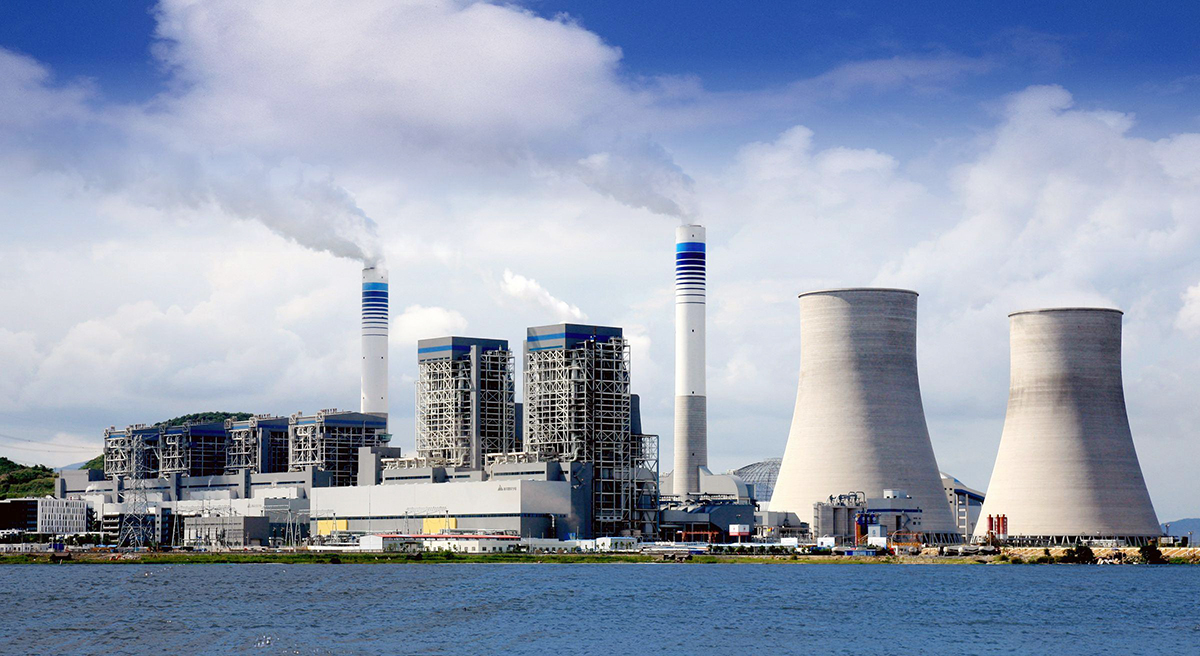In the fluid conveying system, the High Temperature Valve is an indispensable control component, which mainly has the functions of regulation, diversion, anti-backflow, cut-off, and shunt. The valve is widely used in industrial and civil fields. High temperature valve is a type commonly used in valves. Its specific properties are as follows: good quenching performance, deep quenching can be performed; good weldability; good absorption of impact, it is difficult to damage it by violence; Temper brittleness tends to be less and so on. There are relatively many types of high-temperature valves. The more common are high-temperature Butterfly valves, high-temperature Ball valves, high-temperature filters, and high-temperature Gate valves.
What are the Valve Types of High Temperature Valves
High-temperature valves include high-temperature gate valves, high-temperature shut-off valves, high-temperature check valves, high-temperature ball valves, high-temperature butterfly valves, high-temperature needle valves, high-temperature throttle valves, and high-temperature pressure reducing valves. Among them, the more commonly used are gate valves, globe valves, check valves, ball valves and butterfly valves
What are the Working Condtions of High Temperature Valves
High temperature working conditions mainly include sub-high temperature, high temperature Ⅰ,high temperature Ⅱ, high temperature Ⅲ, high temperature Ⅳ, and high temperature Ⅴ, which will be introduced separately below.
Sub-high temperature
Sub-high temperature means that the working temperature of the valve is in the region of 325 ~ 425 ℃. If the medium is water and steam, WCB, WCC, A105, WC6 and WC9 are mainly used. If the medium is a sulfur-containing oil, C5, CF8, CF3, CF8M, CF3M, etc., which are resistant to sulfide corrosion, are mainly used. They are mostly used in atmospheric and pressure reducing devices and delayed coking devices in refineries. At this time, valves made of CF8, CF8M, CF3 and CF3M are not used for corrosion resistance of acid solutions, but are used for sulfur-containing oil products and oil and gas pipelines. In this condition, the maximum working temperature of CF8, CF8M, CF3 and CF3M is 450 ° C.
High temperature Ⅰ
When the working temperature of the valve is 425 ~ 550 ℃, it is a high-temperature class I (referred to as PI class). The main material of PI grade valve is “high temperature Ⅰ grade medium carbon chromium nickel rare earth titanium high quality heat-resistant steel” with CF8 as the basic shape in ASTMA351 standard. Because the PI grade is a special name, the concept of high-temperature stainless steel (P) is included here. Therefore, if the working medium is water or steam, although high-temperature steel WC6 (t≤540 ℃) or WC9 (t≤570 ℃) can also be used, while sulfur-containing oil products can also be used high-temperature steel C5 (ZG1Cr5Mo), but They cannot be called PI-class here.
High temperature II
The working temperature of the valve is 550 ~ 650 ℃, and it is classified as high temperature Ⅱ (referred to as P Ⅱ). PⅡ class high temperature valve is mainly used in heavy oil catalytic cracking device of refinery. It contains high temperature lining wear-resistant gate valve used in three-rotation nozzle and other parts. The main material of PⅡ grade valve is “high temperature Ⅱ grade medium carbon chromium nickel rare earth titanium tantalum reinforced heat-resistant steel” with CF8 as the basic shape in ASTMA351 standard.
High temperature III
The working temperature of the valve is 650 ~ 730 ℃, and it is classified as high temperature III (referred to as PⅢ). PⅢ class high temperature valves are mainly used in large heavy oil catalytic cracking units in refineries. The main material of the PⅢ class high temperature valve is the CF8M based on ASTMA351.
High temperature Ⅳ
The working temperature of the valve is 730 ~ 816 ℃, and it is rated as high temperature IV (referred to as PIV for short). The upper limit of the working temperature of PIV valve is 816 ℃, because the highest temperature provided by the standard ASMEB16134 pressure-temperature grade selected for valve design is 816 ℃ (1500υ). In addition, after the working temperature exceeds 816 ° C, the steel is close to entering the forging temperature region. At this time, the metal is in the plastic deformation zone, and the metal has good plasticity, and it is difficult to withstand high working pressure and impact force and keep it from deforming. The main material of the P Ⅳ valve is CF8M in the ASTMA351 standard as the basic shape “high temperature Ⅳ medium carbon chromium nickel molybdenum rare earth titanium tantalum reinforced heat-resistant steel”. CK-20 and ASTMA182 standard F310 (including C content ≥01050%) and F310H heat-resistant stainless steel.
High temperature Ⅴ
The working temperature of the valve is higher than 816 ℃, referred to as PⅤ, PⅤ high temperature valve (for shut-off valves, not regulating butterfly valves) must adopt special design methods, such as lining insulation lining or water or gas Cooling can ensure the normal operation of the valve. Therefore, the upper limit of the working temperature of the PⅤ class high temperature valve is not specified, because the working temperature of the control valve is not only determined by the material, but by special design methods, and the basic principle of the design method is the same. PⅤ grade high temperature valve can choose reasonable materials that can meet the valve according to its working medium and working pressure and special design methods. In the PⅤ class high temperature valve, usually the flapper or butterfly valve of the flue flapper valve or butterfly valve is usually selected from HK-30 and HK-40 high-temperature alloys in the ASTMA297 standard. Corrosion resistant, but not able to withstand shock and high pressure loads.
Post time: Jun-21-2021







